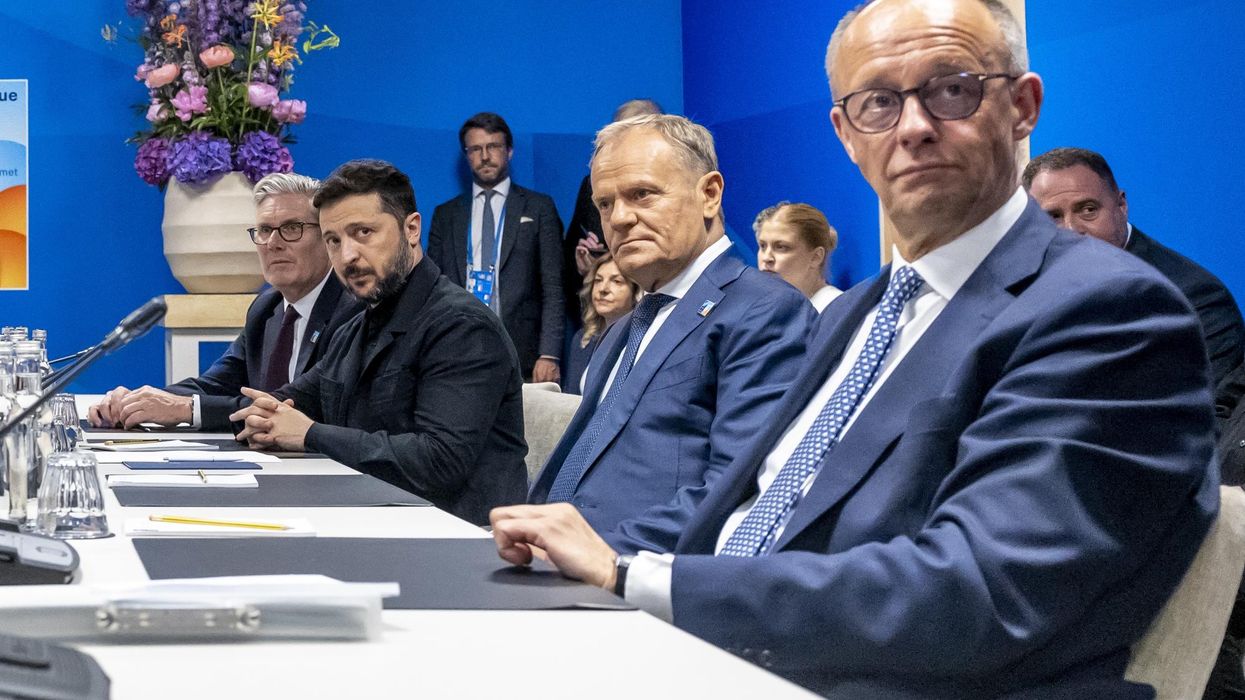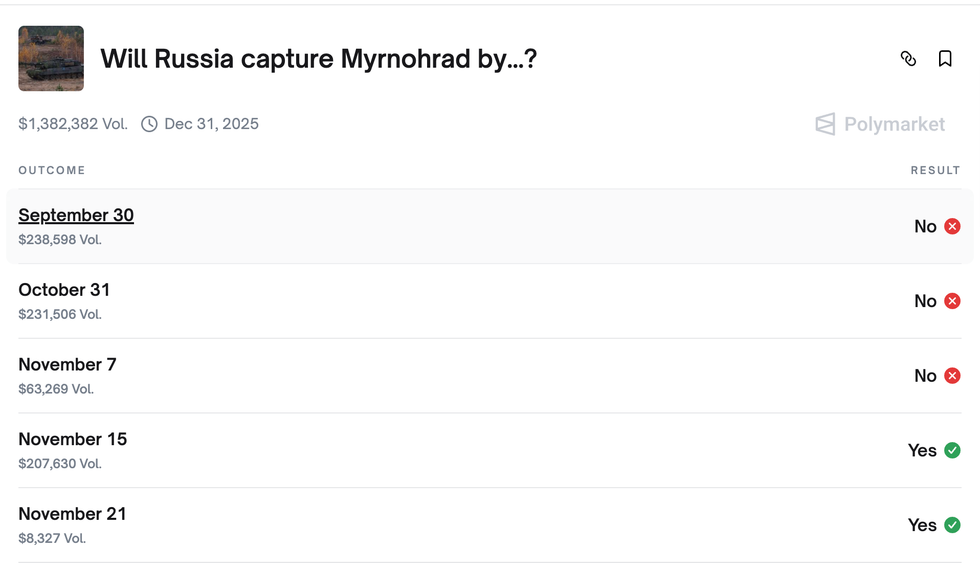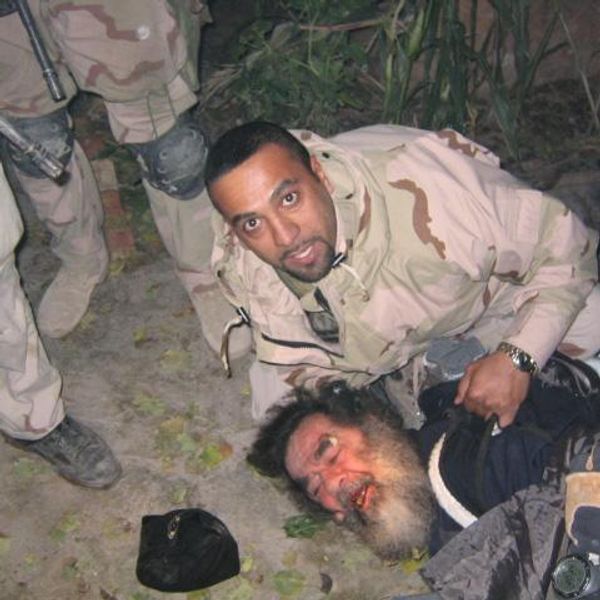According to reports today, satellite images are showing that the massive U.S. project to build a pier and causeway to help surge humanitarian aid into Gaza has finally begun.
President Joe Biden first announced the plan during his State of the Union speech, on March 4.
The problem is it was supposed to be complete in "early May" but Joint Logistics Over-the-Shore, or JLOTS, system is no where near being in place. In fact, according to this Associated Press report, an American military engineering unit is currently "training" to build the 1800-foot causeway, which is supposed to be anchored right off the Gazan beach, with another Israeli military unit, up the coast. The article doesn't say how the American unit is accomplishing this without boots on the ground, which was promised up and down and sideways by the Biden administration.
The U.S. Naval vessels are in place about 7 miles away in the waters between Gaza and Crete. They will first build a floating pier onto which humanitarian aid will brought from inspection centers in Crete. Then the aid will be shipped by vessels to the causeway and then onto a staging area on the beach. This is where this gets tricky. Supposedly the Israelis will be providing security on the beach and the U.N. will be delivering it into Gaza, but the project came under mortar fire on the beach last week and Hamas has pledged to "resist" Israel or any other foreign force brought in to guard the area. In short, the entire gambit has become a head scratcher.
Furthermore, according to Deputy Pentagon Press Secretary Sabrina Singh, the whole thing is going to cost the U.S. taxpayers $320 million (in addition to the $26 billion approved last week) up front. This is quite a bit to swallow given that there are check points and ports in Israel that could be surging aid into the starving Palestinian population but are not. Nevertheless, officials say they still expect this to be up and running in "early May."
None of this has escaped the attention of even the biggest pro-Israel hawks on Capitol Hill. "This dangerous effort with marginal benefit will now cost the American taxpayers at least $320 million to operate the pier for only 90 days,” charged Sen. Roger Wicker (R-Mississippi), in an interview with Reuters, which broke the story about the cost.
“How much will taxpayers be on the hook once – or if – the pier is finally constructed?” Wicker asked further.
“For every day this mission continues, the price tag goes up and so does the level of risk for the 1,000 deployed troops within range of Hamas’s rockets.”
Interestingly the pier is no longer considered a temporary fix. According to CNN this morning, "the ultimate goal is to turn it into a full-time commercial operation that can be used by other countries and non-governmental organizations."
- Mission creep: Will pier become a beachhead for US in Gaza? ›
- Staging ground for US military aid pier in Gaza attacked ›
- $320M US military pier to open for business, but storms ahead | Responsible Statecraft ›

















